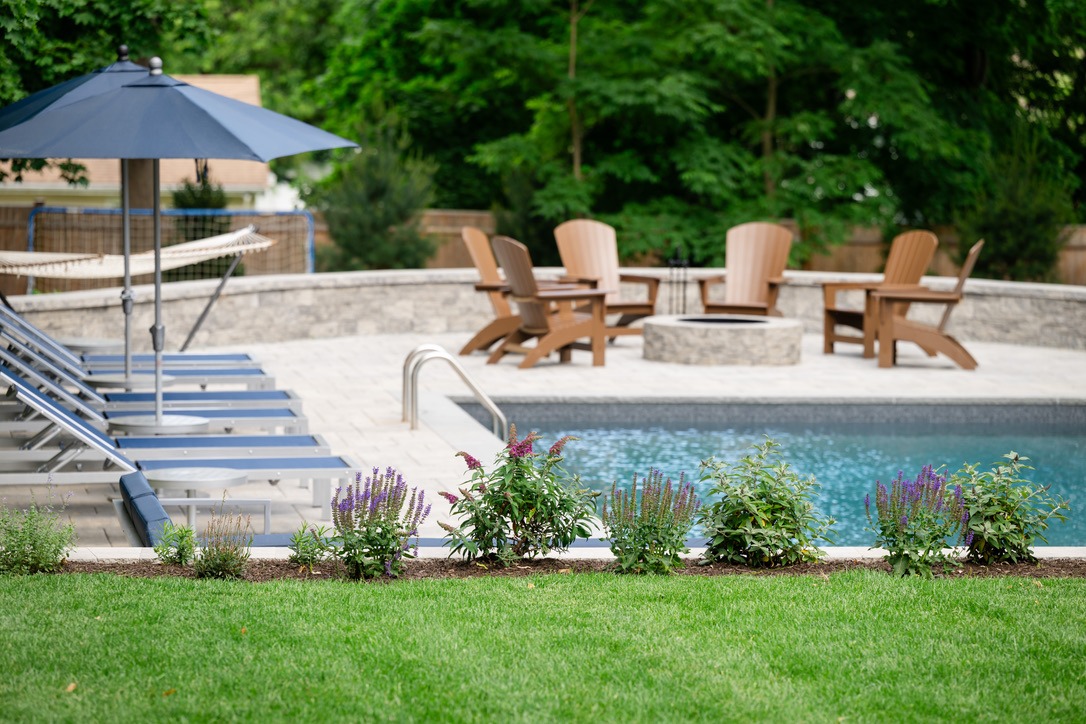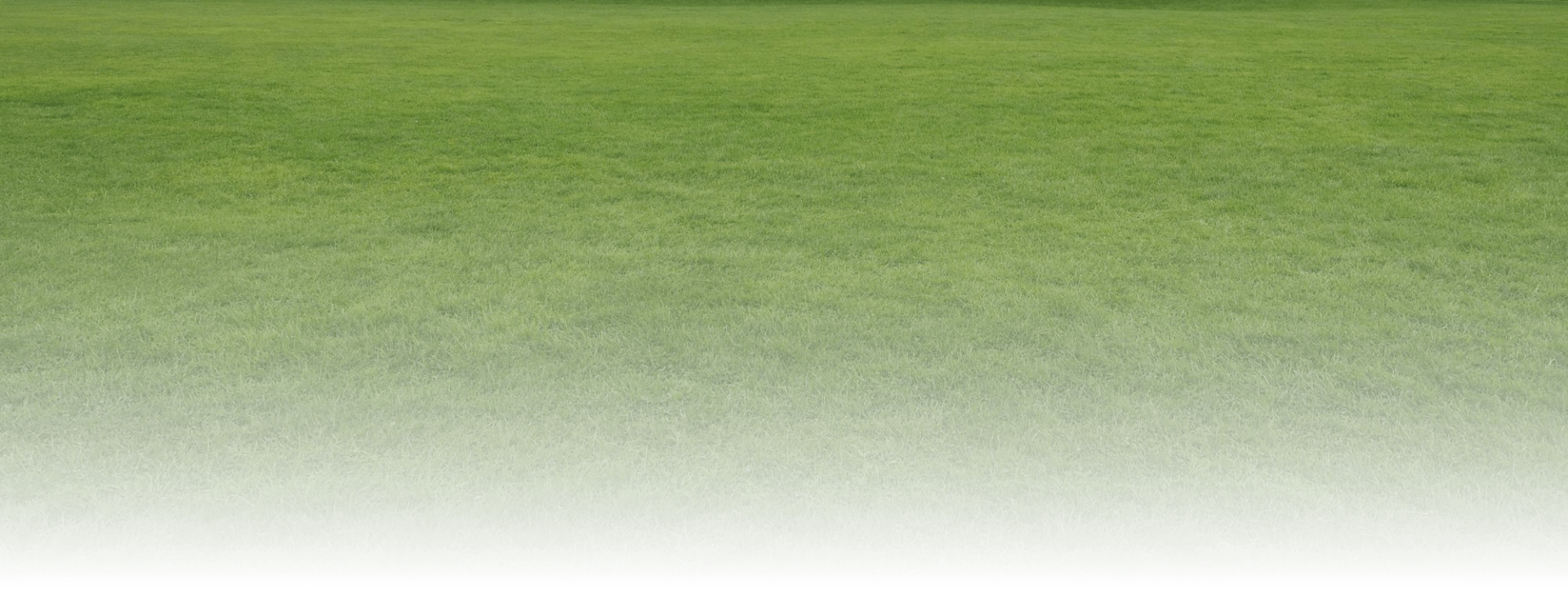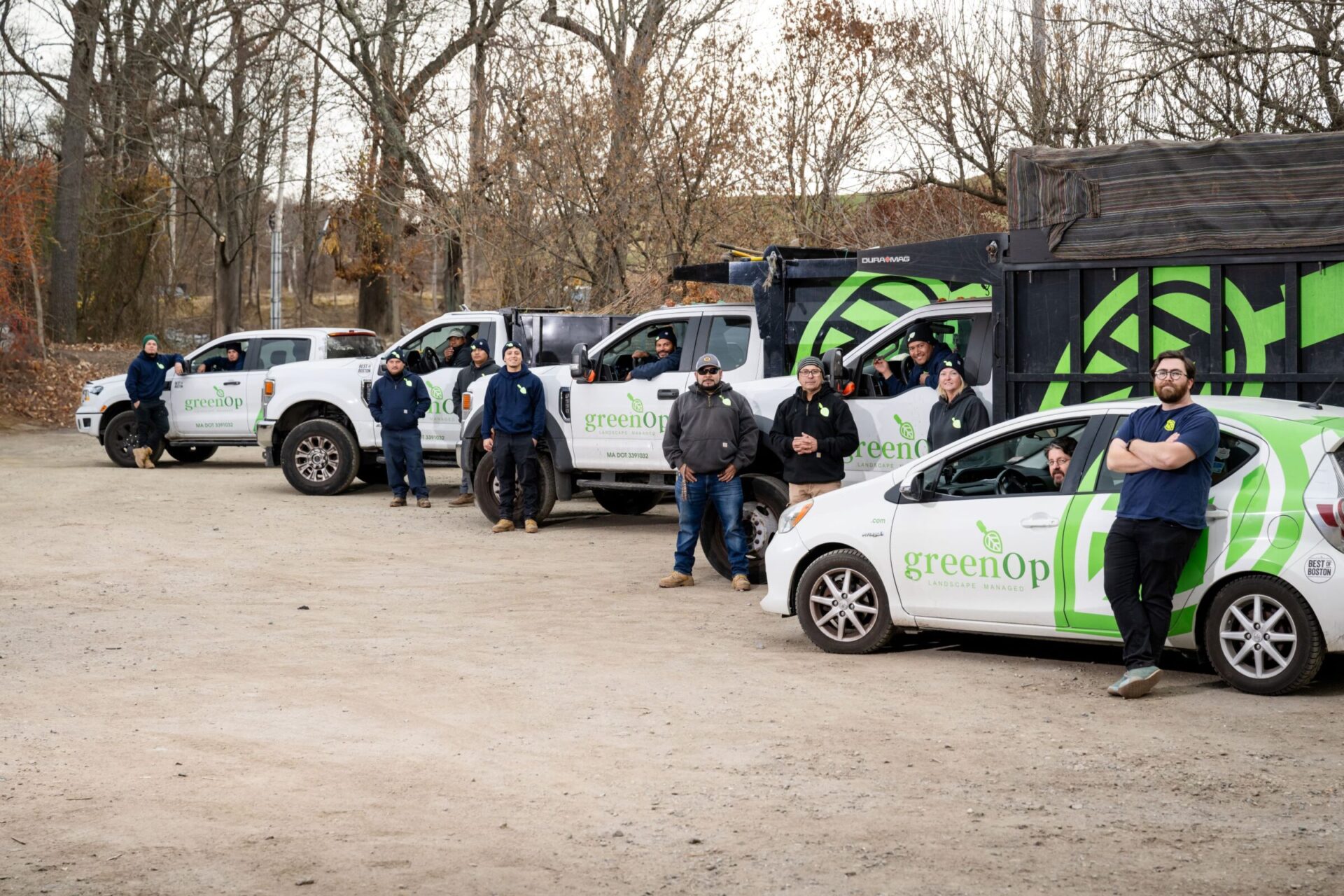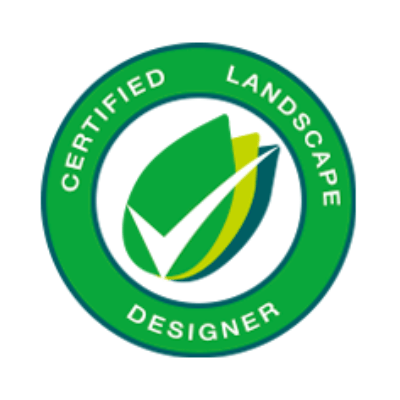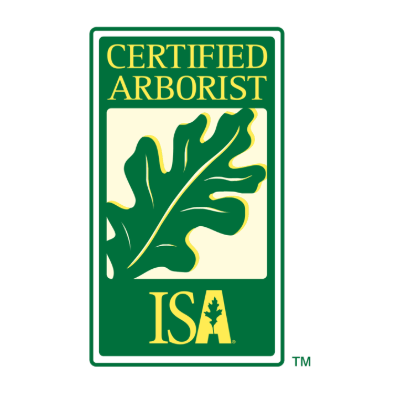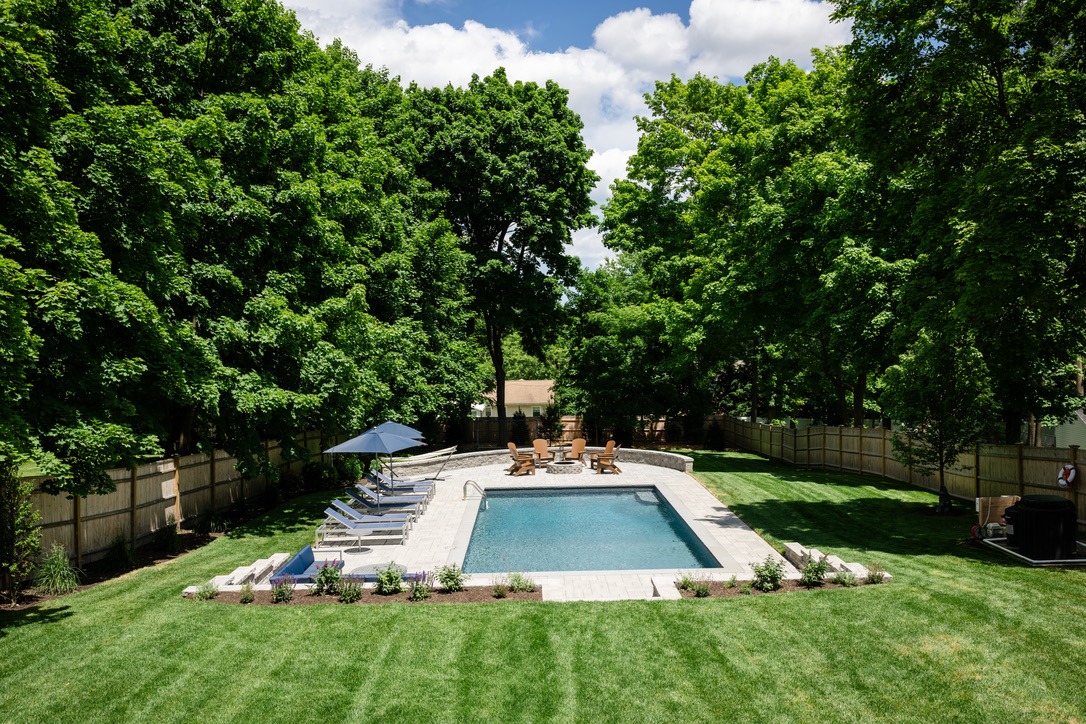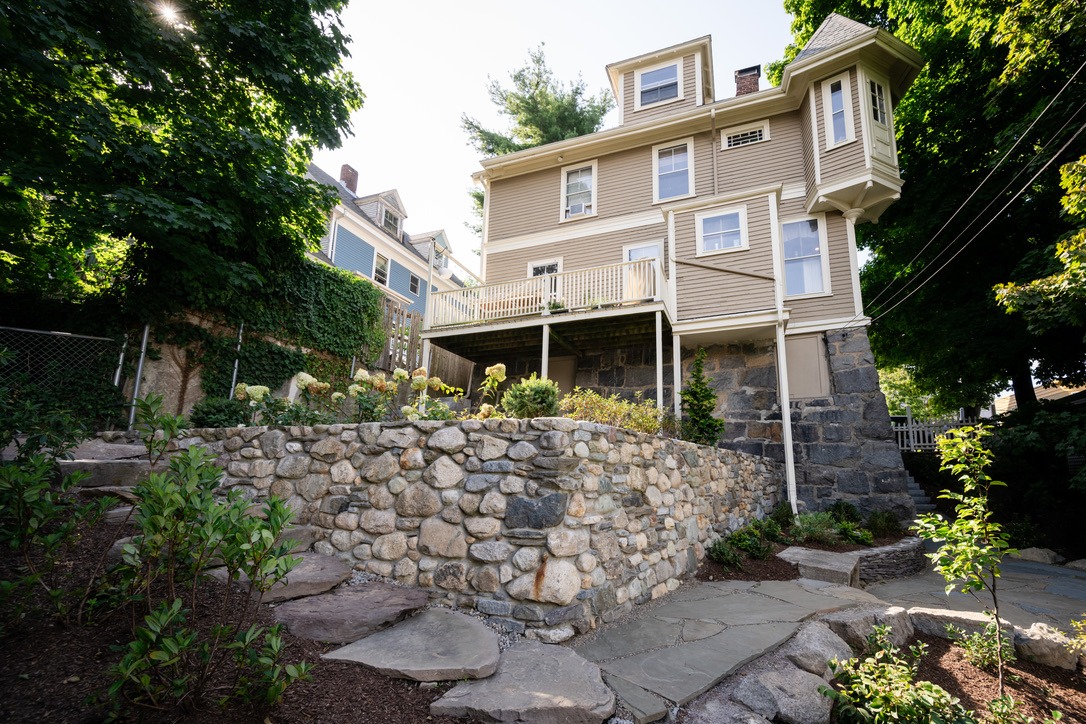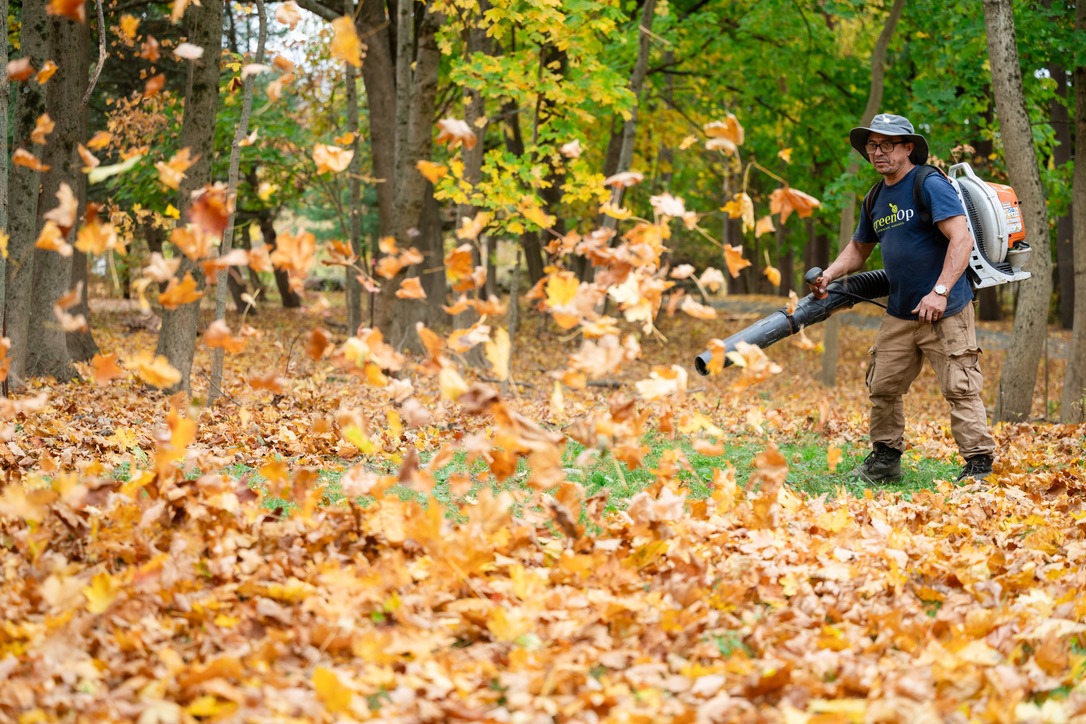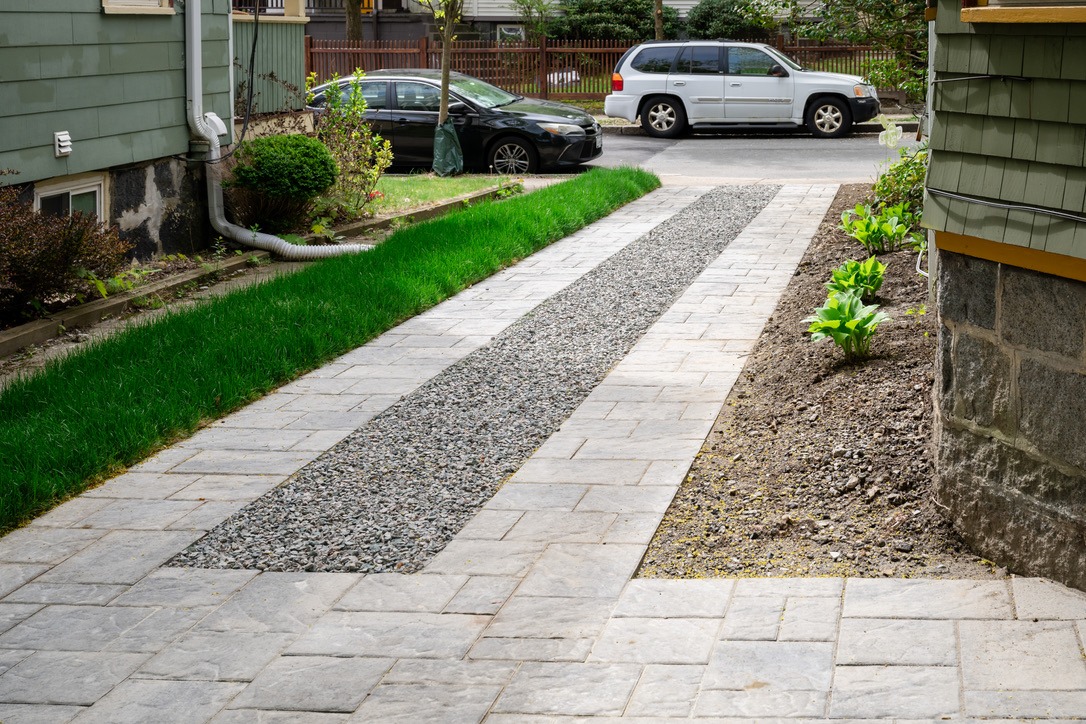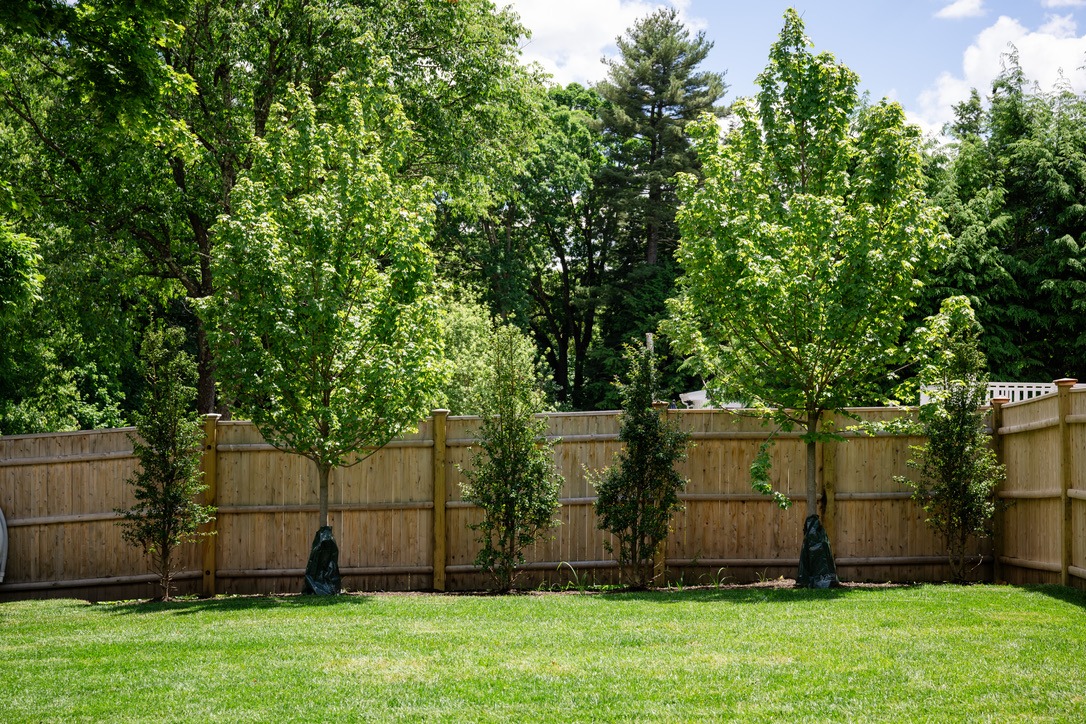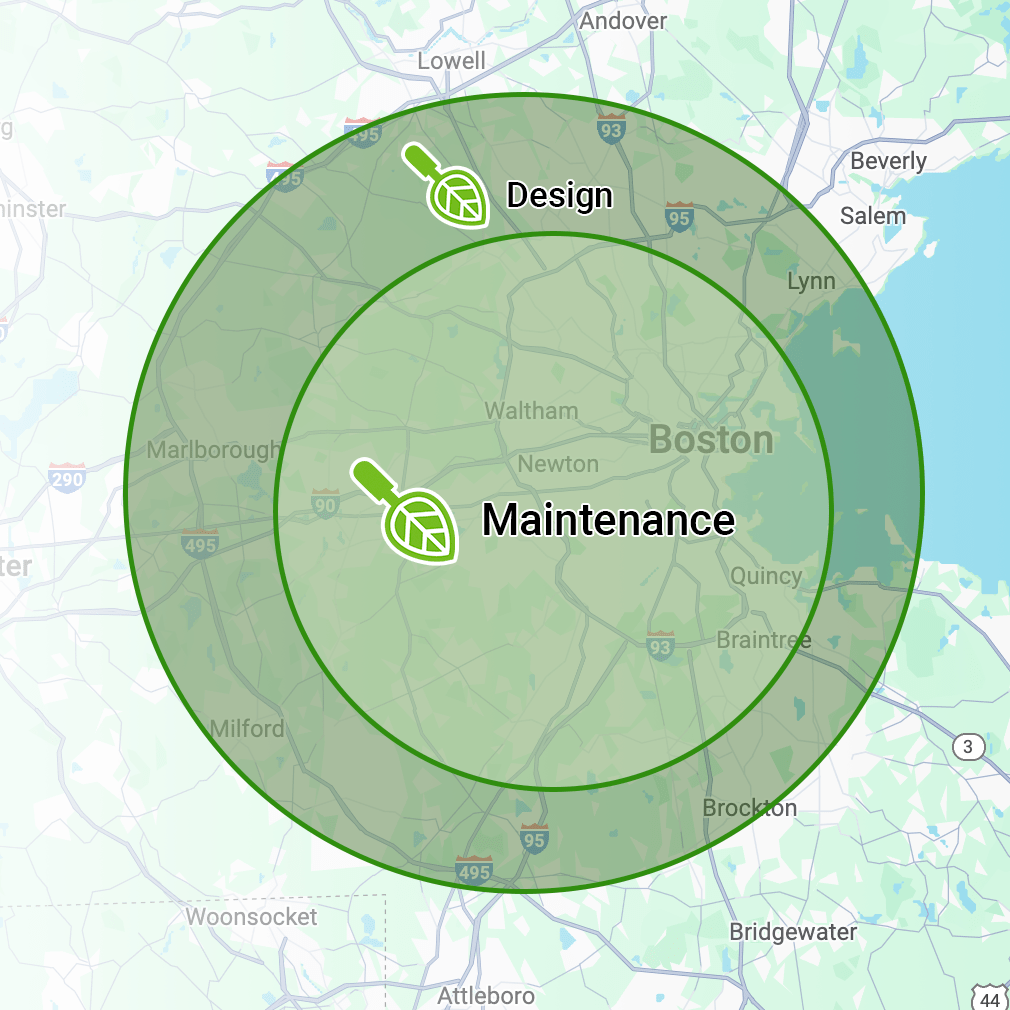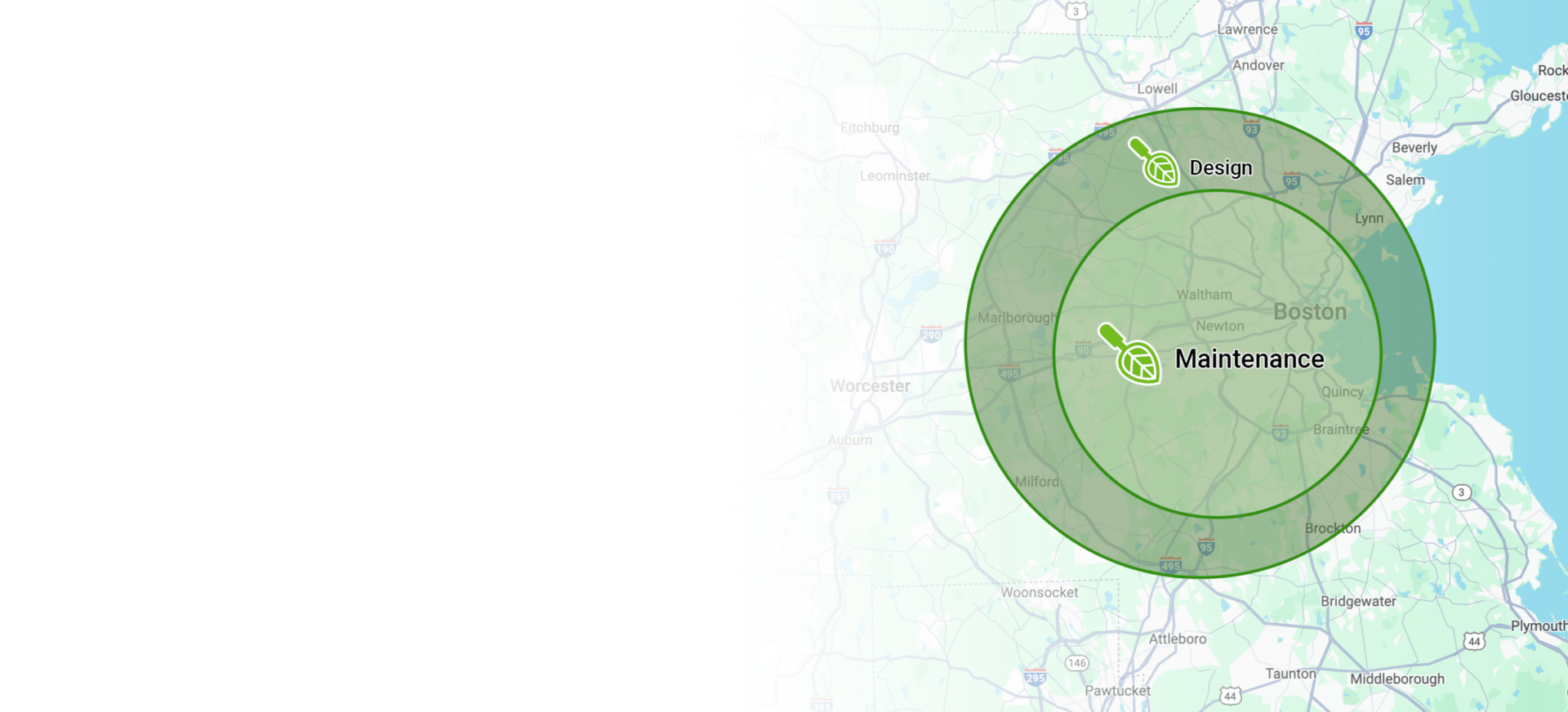Exploring Landscaping in Cohasset, MA: The Difference Between Lawn Care and Lawn Treatment Procedures
When it comes to maintaining a vibrant and healthy lawn, understanding the difference between lawn care and lawn treatment procedures is essential. Lawn care generally refers to the regular upkeep of your lawn, such as mowing, watering, and weeding. Lawn treatment, on the other hand, involves more specialized techniques like fertilization, aerating, dethatching and applying pesticides or herbicides.
- Mowing: Part of basic lawn care involves regularly cutting the grass to maintain a uniform height. This helps promote even growth and reduces competition for resources.
- Watering: Another essential aspect of lawn care is ensuring that your grass gets enough water. Depending on climate conditions and the type of grass you have, this could involve daily to weekly watering.
- Weeding: Removing unwanted plants from your lawn is another core component of basic lawn care.
- Fertilization: Unlike basic watering and mowing, treating your lawn usually involves applying fertilizer to provide necessary nutrients for growth.
- Aeration: Over time soil can become compacted which makes it difficult for grass roots to penetrate. Aeration opens up space in compacted soil so air, water and nutrients can reach roots more easily.
- Dethatching: Thatch is a layer of dead organic material that builds up on top of soil surface over time. Dethatching removes this layer to improve water infiltration and nutrient absorption.
- Pesticide application: If pests or diseases are threatening the health of your yard, you might need to treat it with specialized products.
Understanding the Work of Landscapers in Cohasset, MA
In addition to standard tasks like mowing and watering, comprehensive lawn maintenance may also involve tasks such as edging around walkways and flower beds for a polished look; overseeding to fill in bare or thin spots; and seasonal cleanup to remove fallen leaves and other debris. Regular lawn maintenance also includes checking for signs of disease or pests, and taking necessary corrective action if problems are detected.
Exploring the Best Landscaping Companies in Cohasset, MA
Landscaping refers to any activity that changes the visible features of an area of land, including living elements such as flora or fauna, human-made elements like structures, and abstract elements such as the weather and lighting conditions. While mowing can be part of a landscaping service’s offerings, it’s just one small piece of what landscaping encompasses.
- Designing outdoor spaces: This could include creating layouts for gardens, patios, decks or pools.
- Installing structures: From fences to pergolas, outdoor kitchens to fire pits, landscapers often install a variety of structures.
- Planting: Landscapers might plant trees, shrubs, flowers or grasses as part of their work.
Unveiling the Work of a Landscape Contractor in Cohasset, MA
Comprehensive lawn care isn’t just about mowing your grass and watering it regularly–it’s a multidimensional approach that involves thinking about the health of your lawn at a deeper level. This can include tasks such as soil testing to determine if your lawn has the right balance of nutrients; pest control measures; and even adjusting your mowing height based on weather conditions.
Landscaping Services in Cohasset, MA: Essential Tools and Equipment for Effective Lawn Care
- Lawnmower
- String trimmer
- Leaf blower
- Rake
- Garden hose or irrigation system
- Hand pruners
- Edger
- Aerator
- Dethatcher
- Fertilizer spreader
- Garden sprayer for pesticide or herbicide application
By understanding the difference between lawn care and lawn treatment procedures, and having the right tools at your disposal, you can ensure your lawn stays lush, healthy, and beautiful all year round.
Understanding the Landscape in Cohasset, MA
Understanding the total extent of lawn maintenance tasks involves more than just mowing and watering. It is a comprehensive process, encompassing numerous other tasks that ensure your yard looks its best year-round. Furthermore, the techniques involved in lawn maintenance can fluctuate based on factors such as climate, grass type, and soil conditions.
- Lawn Mowing: This is the most basic task associated with lawn care. The frequency and height at which you mow your lawn can significantly affect its health and visual appeal.
- Watering: Watering is crucial for maintaining a green and vibrant lawn throughout the year. However, it should be done judiciously, as overwatering can lead to problems like fungal growth.
- Fertilizing: Fertilizing provides your grass with necessary nutrients that might not be available in sufficient quantities in your soil. It helps to keep your lawn lush and healthy.
- Weed Control: Weeds can compete with your grass for resources and ruin the appearance of your lawn. Regular weeding or using herbicides can keep them at bay.
- Pest Control: Pests like grubs, beetles, and moles can cause significant damage to lawns if left unchecked.
- Aeration & Dethatching: These processes help ensure water, air, and nutrients effectively reach the root system of your grass.
- Mowing entails understanding how different types of grass respond to cutting at various heights.
- Watering requires knowledge about how much water different types of turf need under diverse weather conditions.
- Fertilizing involves comprehension about nutrient deficiencies in soil types, along with understanding which type of fertilizer works best for each scenario.
- Weed Control involves identifying different weed varieties and knowing the best way to eliminate them.
- Pest Control requires expertise in recognizing signs of various pests, as well as knowledge about how to safely and effectively get rid of them.
- Aeration & Dethatching demand an understanding of when these procedures are necessary, based on factors such as soil compaction and thatch buildup.
Comprehensive lawn maintenance is a holistic approach towards ensuring your lawn’s well-being. Its goal is not just to make your lawn look good, but also to ensure it is healthy from the roots up. Understanding this full scope can help homeowners better manage their lawns or collaborate more effectively with professional landscapers.
Exploring Landscape Design in Cohasset, MA: An Insight into Its Unique Features
Landscaping is a comprehensive term that involves a wide range of activities aimed at improving the aesthetic appeal of an outdoor area. However, many people often wonder whether lawn mowing is a part of landscaping or not. Let’s delve into the discussion and take a closer look to clear this confusion.
Landscaping, by its essential definition, refers to any activity that alters the visible features of an area of land. This includes gardening tasks like trimming hedges, planting flowers and trees, and yes, mowing lawns. It can also include hard landscaping which pertains to constructing physical structures or elements like fences, patios or fountains.
- In xeriscaping which is designed for dry climates with minimal water usage there might be little to no grass at all.
- Similarly with hardscaping which is primarily centered around creating structures such as walkways or patios using hard materials like stone or wood there would be less need for traditional lawn care activities such as mowing.
- Plant Care: The care and maintenance for various types of plants within your landscape fall under this category. This might involve planting new trees or shrubs, pruning existing ones, applying fertilizers etc.
- Water Features: Installing or maintaining elements like ponds or fountains also come under the umbrella term ‘landscaping’.
- Soil Management: This includes tasks related to soil maintenance such as testing soil pH levels, implementing erosion control measures, and more.
- Outdoor Living Spaces: Landscaping can also encompass the creation of outdoor living spaces. This could mean constructing patios, decks or gazebos within a landscape.
In conclusion, landscaping is a broad term that covers a wide array of activities beyond just lawn mowing. It is about creating a beautiful, functional outdoor space that suits your lifestyle and enhances the aesthetic appeal of your property. Whether you are selecting plants for your garden, installing a new patio, or simply maintaining the health of your grass through regular mowing, you are engaging in landscaping activities.
Comprehensive Guide to Lawn Care in Cohasset, MA
Comprehensive lawn care is not simply about cutting grass and watering plants. It involves a set of detailed tasks that ensure your lawn remains healthy, aesthetically pleasing, and resilient throughout various weather conditions. Understanding what comprehensive lawn care includes can help you appreciate the work that goes into maintaining a lush, green outdoor space.
One of the first steps in comprehensive lawn care is soil testing. This helps determine the soil pH and nutrient levels which are integral for plant health and growth. Nutrient deficiencies or excesses can be identified, allowing for proper amendments to be made.
A basic but essential task in lawn maintenance is regular mowing. However, it’s not as simple as just cutting the grass. Proper mowing requires understanding your particular type of grass and adjusting the mowing height accordingly to maintain its health.
Healthy lawns require nutrients to grow properly. Fertilization provides these nutrients when they aren’t naturally available in your soil. A well-planned fertilization schedule tailored to your specific type of grass can significantly improve its overall health and aesthetics.
Controlling weeds is another vital part of comprehensive lawn care. Not only do weeds detract from the overall appearance of a lawn, but they also compete with desirable grasses for resources. Weed control methods may include manual removal, use of pre-emergent herbicides, or post-emergent herbicides.
Over time, soil can become compacted which limits the ability of water, oxygen and nutrients to reach grass roots effectively. Aeration involves creating small holes in the lawn to alleviate soil compaction and promote healthier root development.
Proper watering is crucial in maintaining a vibrant lawn. The frequency and amount of water required will vary depending on factors such as grass type, climatic conditions and soil type.
Disease and pest management involves identifying, preventing, and controlling diseases and pests that can harm your lawn. This may include applying appropriate fungicides or pesticides, implementing preventive measures, or seeking professional help when necessary.
Different seasons bring different lawn care needs. For instance, spring is the prime time for feeding lawns and dealing with moss, while autumn is when you should be clearing leaves and aerating the soil. Understanding seasonal needs is crucial for comprehensive lawn care.
In summary, comprehensive lawn care entails a combination of regular maintenance tasks along with periodic interventions to keep the lawn healthy and attractive. While this may seem overwhelming to some homeowners, a deeper understanding of these tasks will not only improve your skills in lawn maintenance but also enhance your appreciation of the natural beauty of a well-maintained lawn.
Essential Tips from Expert Gardeners in Cohasset, MA for Effective Lawn Care
Proper lawn care is a vital part of maintaining your home’s outdoor aesthetic. It helps maintain the health and vibrancy of your lawn, ultimately increasing the value of your property. However, effective lawn care requires more than just watering and mowing. It demands the right tools and equipment to execute various tasks proficiently. Following is an in-depth discussion about the essential tools and equipment needed for effective lawn care.
The lawnmower tops the list as it is the most basic tool required to maintain a lawn. There are multiple types of mowers like push mowers, self-propelled mowers, riding mowers, etc., each designed to cater to different lawn sizes and types.
Also known as a weed whacker or weed eater, this tool helps trim grass and weeds in areas that a lawnmower can’t reach easily like around trees, fences, or garden beds.
A lawn edger creates clear lines between your grass and where your driveway, sidewalk or garden begins. This gives your yard a clean, manicured appearance.
In autumn when trees shed their leaves, a leaf blower becomes quite handy. It helps gather leaves into piles for easy disposal.
An aerator perforates soil with small holes to allow air, water and nutrients access to grass roots. This promotes healthier growth.
Garden rakes are instrumental in removing dead grass (thatch) from lawns which can prevent new growth if left unchecked.
Regular watering is crucial for maintaining lush green lawns. Depending on the size of your garden, you might need a simple hose or an automated sprinkler system.
To ensure even distribution of fertilizer across your lawn, a fertilizer spreader is very important. Improper application of fertilizer can lead to patchy growth.
Lastly, don’t forget about personal protection equipment. Investing in quality gloves can protect your hands from blisters and knee pads can provide comfort during tasks that require kneeling.
These are just a few of the main tools and pieces of equipment that you’ll need to perform fundamental lawn care tasks. However, depending upon the specific needs of your garden, you may also require other specialized tools such as pruning shears or a dethatcher. Therefore, it’s crucial to comprehensively evaluate your lawn’s needs before purchasing any tools or equipment.
Remember, each tool should be used correctly and safely following the manufacturer’s guidelines. Regular maintenance of these tools will also ensure their longevity and effectiveness in keeping your lawn looking its best.
In essence, owning the right gardening tools is just as important as knowing how to use them. With proper understanding and usage of these essential lawn care tools and equipment, maintaining a beautiful yard becomes less tiresome and more enjoyable.
